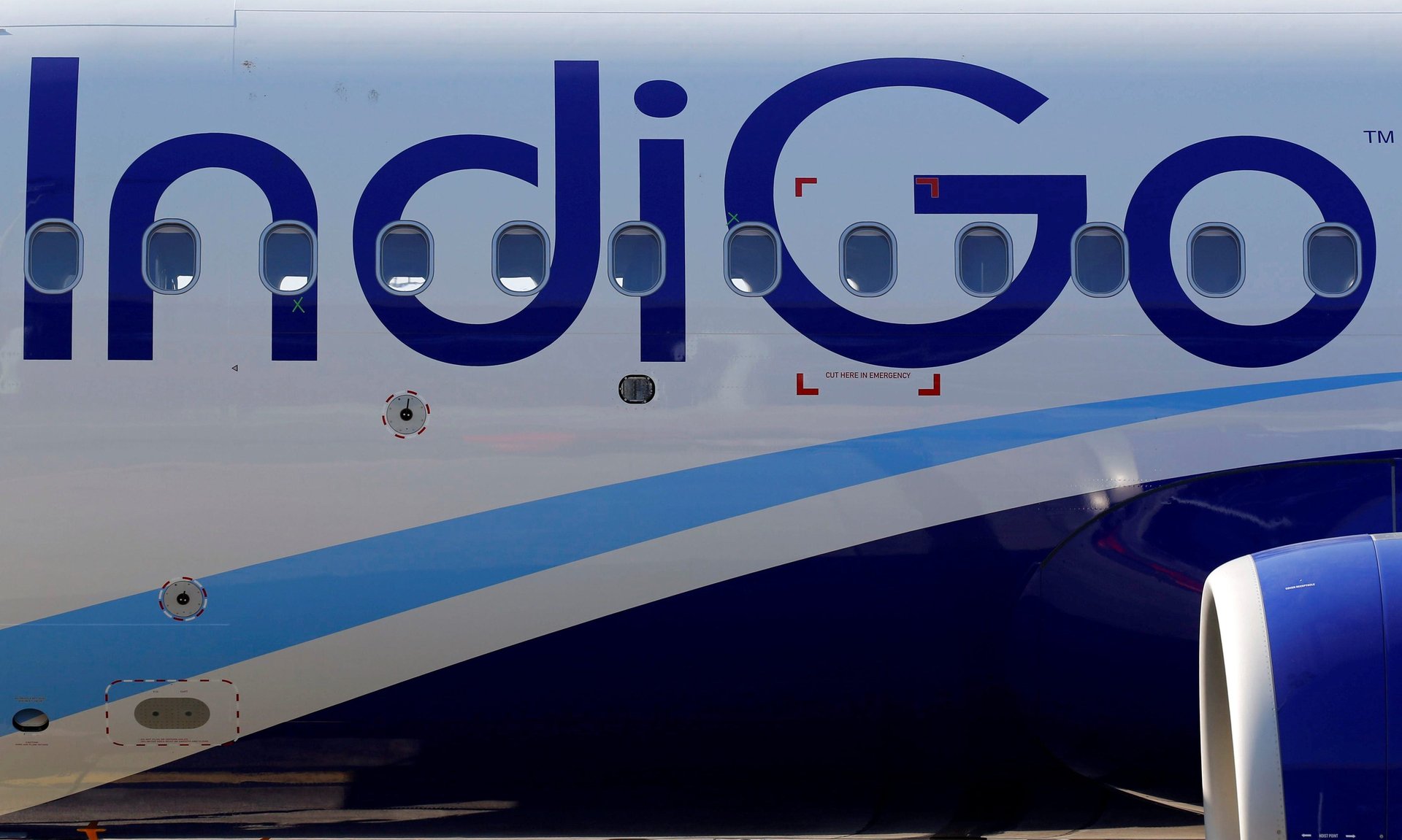The secret behind IndiGo’s ability to fly above Indian aviation’s woes
In the fiercely competitive Indian aviation sector, where profits remain mostly elusive, budget carrier IndiGo stands out as an exception. InterGlobe Aviation, the company that runs the airline, has been in the red for only one quarter since listing on the bourses in November 2015.


In the fiercely competitive Indian aviation sector, where profits remain mostly elusive, budget carrier IndiGo stands out as an exception. InterGlobe Aviation, the company that runs the airline, has been in the red for only one quarter since listing on the bourses in November 2015.
Its relatively healthy balance sheet has given the 14-year-old carrier enough confidence to expand both fleet and headcount.
IndiGo is roping in expatriate pilots, besides those from the grounded Jet Airways, and GoAir, among others, to command the 262—and growing—aircraft in its fleet, the airline confirmed to Quartz.
On May 07, IndiGo CEO Ronojoy Dutta confirmed to the news agency Bloomberg that the airline is in talks with the European aircraft maker Airbus SE for “a large” plane order. The new aircraft, meant to fly long distances, will be more fuel efficient and have higher seating capacity.
A month ago, IndiGo had said it was adding 25 A321neo aircraft to its fleet this year. Besides, the carrier has already booked 430 jets from Airbus’s A320neo family and upgraded 125 of its existing planes to A321neos. “Existing orders will see IndiGo through the next two years,” Dutta told Bloomberg.
Besides, the airline is also adding international routes. It plans to launch flights to Asian destinations such as Myanmar, Cambodia, Vietnam, Saudi Arabia, and China apart from those in Europe.
Success mantra
“What’s working for IndiGo is that its cost structure is really low. So if they sell a ticket for Rs2,500 ($36.13), they make sure the cost comes under Rs2,000 ($28.72). They always keep a good margin,” said Ashish Nainan, an aviation analyst at CARE Ratings.
And how does IndiGo curtail costs? “It always places (aircraft) orders in bulk, which gives it more bargaining power with the manufacturer,” said Nainan.
For perspective, IndiGo’s smallest aircraft deal so far was the 100 A320 jets it ordered in 2005.
“When we order, we’ll order in bulk for sure,” Dutta told Bloomberg, on May 07. However, the airline’s chief didn’t disclose the quantum of aircraft planned for the latest order.
Bulk orders apart, a homogenous fleet also helps keep costs low, added Nainan. “Indigo has a single-aircraft fleet (the A320 family), which caps maintenance and overall operational costs.”
Price of growth
However, the airline’s rapid fleet expansion has come with its own set of problems.
In February this year, IndiGo’s operations were hampered by a severe pilot shortage, resulting in up to 30 flight cancellations a day. It remains to be seen if the recent step up in hiring can bridge the shortfall.
There are also technical issues haunting the airline. Many instances of glitches have been reported in the Pratt & Whitney (P&W) engines that power its Airbus planes. The incidents have prompted a special audit by the directorate general of civil aviation (DGCA).
IndiGo had grounded at least half a dozen of its planes due to this engine problem.
Despite the troubles, IndiGo remains the market leader by a long shot. Its share of the pie stood at 46.9% in March, compared to 39.5% a year ago, according to DGCA data. The second-largest airline, SpiceJet, flew 13.6% of domestic passengers in March, compared with 12.7% in the same month last year.